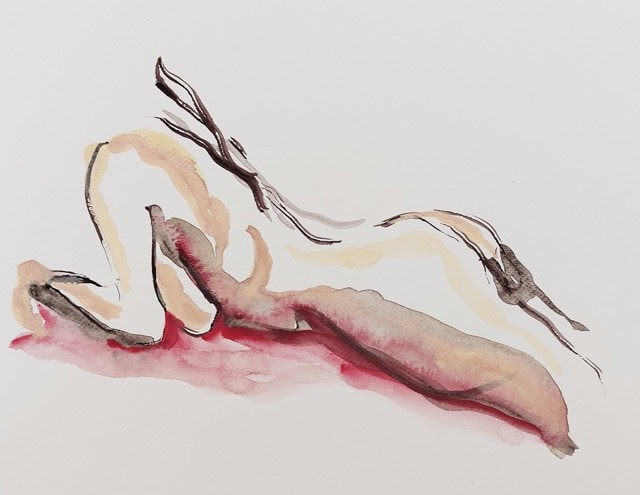March 8, International Women’s Day (IWD), has been officially recognized as a global day celebrating the social, economic, cultural and political achievements of women, apparently to take up the areas not covered by Valentine’s Day and Mother’s Day. The day also marks a call to action for accelerating gender parity. This last part is still somewhat ambiguous, but it does look good in a greeting card: “Happy International Women’s Day. Accelerate gender parity.” 😉
The very first IWD was celebrated in 1908 when 15,000 women marched through New York City demanding shorter working hours, better pay and voting rights. Ever since then, women have been figuratively marching every day for more and more rights and demands. The world has never been the same. 🙂
In 1909 the Socialist Party of America declared February 28 would be recognized as National Women’s Day. It seems Socialism and Women’s Rights do go hand in hand after all. The changing of American had begun.
The mobilization of women worldwide continued in 1910 when a conference of more than 100 women from 17 countries met in Copenhagen, Denmark. The leader of the ‘Women’s Office’ for the Social Democratic Party in Germany, Clara Zetkin, proposed that every year in every country in the world there should be a celebration on the same day – a Women’s Day – to continue to lobby for their demands. As more than one-half the population of the entire world, so the story goes, women are entitled to their own special day. 😉

In 1913, following discussions (sources are not clear as to the participants in said discussions), International Women’s Day was transferred to March 8, where it has remained ever since. In late February 1917, even Russian women got into the act when they began a strike for “bread and peace” in response to the death of over two million Russian soldiers in World War 1. As a possible result, after four days of this strike the Czar abdicated, and Russian women were granted the right to vote under the new regime.
Our sources reveal nothing happened on the women’s front for the next 58 years until, in 1975, the United Nations passed a resolution and the “United Nations Day for Women’s Rights and International Peace” was celebrated for the first time. Women’s demands had truly gone global.

Twenty-one more years passed. The UN again took up the gauntlet and began adopting annual themes for meetings or gatherings not expressly identified. Such themes included “Women and Human Rights” and “Empower Rural Women, End Poverty and Hunger.” By the new millennium, however, IWD activity had not progressed as many in the movement hoped it would. Feminism just wasn’t a popular topic anymore. There was still urgent work to do, as battles had not been won and gender parity was still just a gleam in the eye of feminists everywhere. 😀
The IWD website was launched in 2001 and things started to pick up again. Recent website themes have included “The Gender Agenda: Gaining Momentum” and “Connecting Girls, Inspiring Futures”. International womanhood is on the march once again. The centenary of IWD was celebrated in 2011, 100 years after the first event. A “Women’s History Month” was proclaimed in the USA and a well-attended demonstration was held in London.
Women around the world continue to march and parade and lobby for more and more demands and upgrades to their status. And what of the men of the world? Well, we have it on good authority that there will be continued pressure on governments and the UN to declare a United Men’s Day sometime in the near future. And about time, too. 😉





